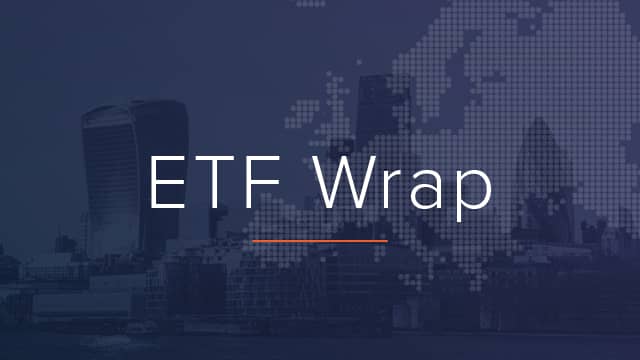The European Securities and Markets Authority (ESMA) is proposing softening the requirements for its Ecolabel for green financial products after just 0.5% of funds marketed as sustainable met eligibility criteria.
Analysis by the regulator found just 26 of 3,000 ESG-focused UCITS funds have a portfolio greenness ratio above 50% while only 27% of Sustainable Finance Disclosure Regulation (SFDR) Article 8 and 9 funds have no exposure to fossil fuels.
Combining the portfolio greenness and exclusionary metrics, just 16 funds out of the entire sample would earn ESMA’s Ecolabel, based on Morningstar data.
This is significant given the label is meant to earmark vetted products as suitable for usage by sustainable-minded investors, with an equivalent label being considered for retail financial products in due course.
Following the analysis, the regulator now faces the challenge of loosening some of its Ecolabel thresholds to cover more funds while at the same time not damaging the credibility of the scheme by being too permissive.
For instance, ESMA said if it reduced its portfolio greenness threshold to 40%, the number of eligible funds would rise to 69 and as many as 136 if the threshold fell to 30%.
“The EU Ecolabel for retail financial products could bring benefits to investors by introducing minimum sustainability criteria based on standardised definitions and increasing transparency”, ESMA said in a statement.
“However, its success would depend on its perceived credibility and the level of take-up by product managers.”
“Looser requirements should lead to a higher offering of Ecolabel products, which may draw in a larger number of investors and volumes of financing, provided that such actions do not damage the credibility of the Ecolabel,” it added.
The report comes as ESMA tackles the issue of defining sustainability as part of ‘level 2’ of SFDR being implemented from this month as well as subsequent ESG fund naming rules.
It also coincides with individual country regulators in Europe plotting their views on sustainable investment, such as the UK’s Sustainable Disclosure Requirements (SDR) and new rules to be introduced by the Swiss Federal Council.
Hyperinflation will not end in 2023
On Monday, Michael Burry, the hedge fund investor immortalised in The Big Short, set a glum course for the year ahead by taking to Twitter and prophesying a recession followed by a second spike in inflation.
While economies across the world have slowed down and the likelihood of recession has increased, Burry predicted such a scenario will materialise in the US in the second half of the year, followed by a reversal of hawkish monetary policy by the Federal Reserve, which will act as the catalyst for a second round of high inflation.
“Inflation peaked. But it is not the last peak of this cycle,” Burry said. “We are likely to see CPI lower, possibly negative in H2, and the US in recession by any definition.
“The Fed will cut and government will stimulate. And we will have another inflation spike. It is not hard.”
The Fed itself raised these concerns last December and was mindful of repeating the double inflation peak of the 1970s.
With China reopening, strained supply chains and potential cuts to interest rates on the horizon, such a scenario is not outside the realms of possibility, though one would hope it is preventable given it has been telegraphed.
ETF Wrap is a weekly digest of the top stories on ETF Stream
Related articles



